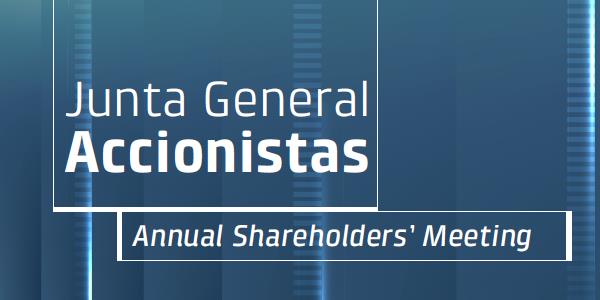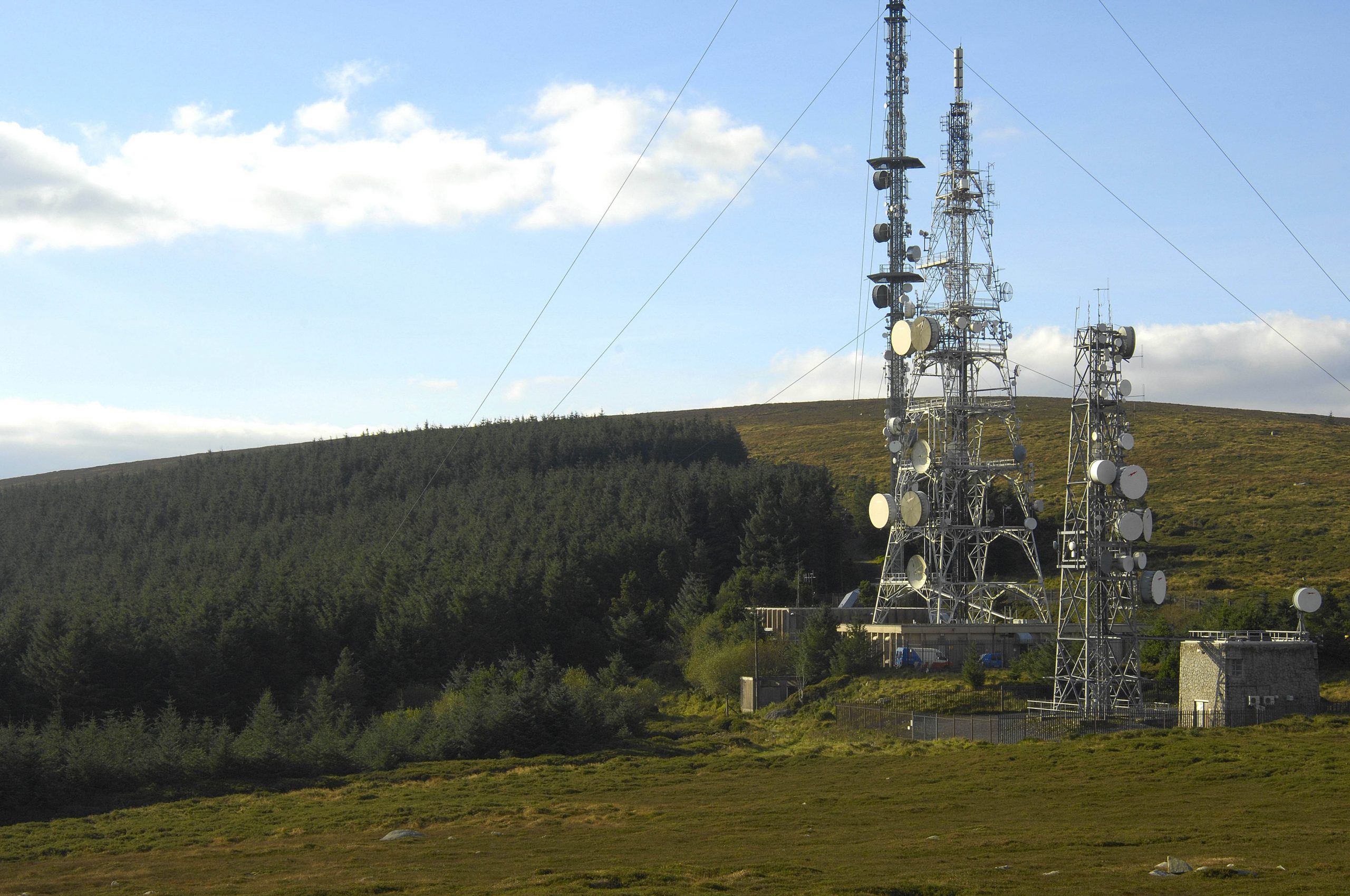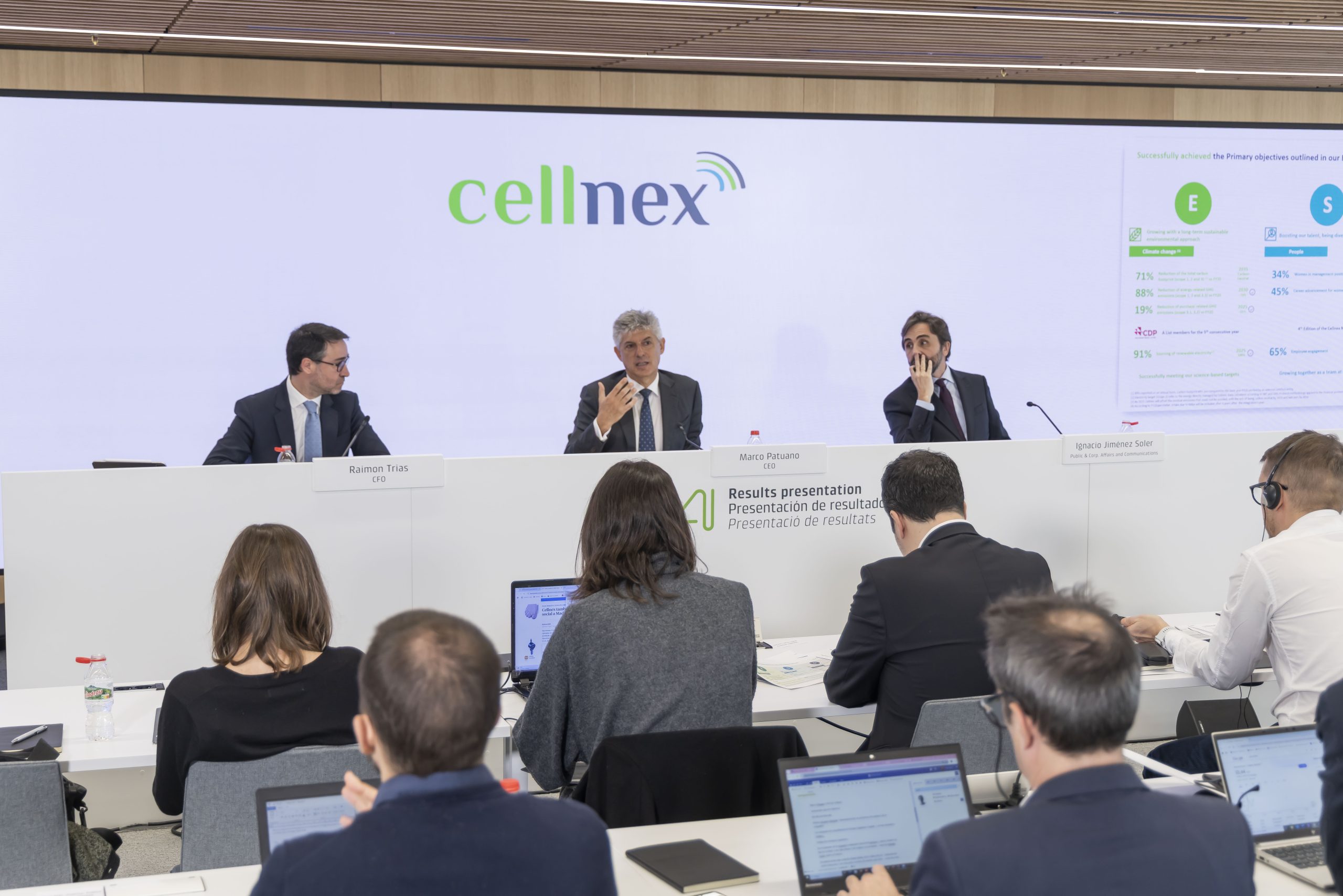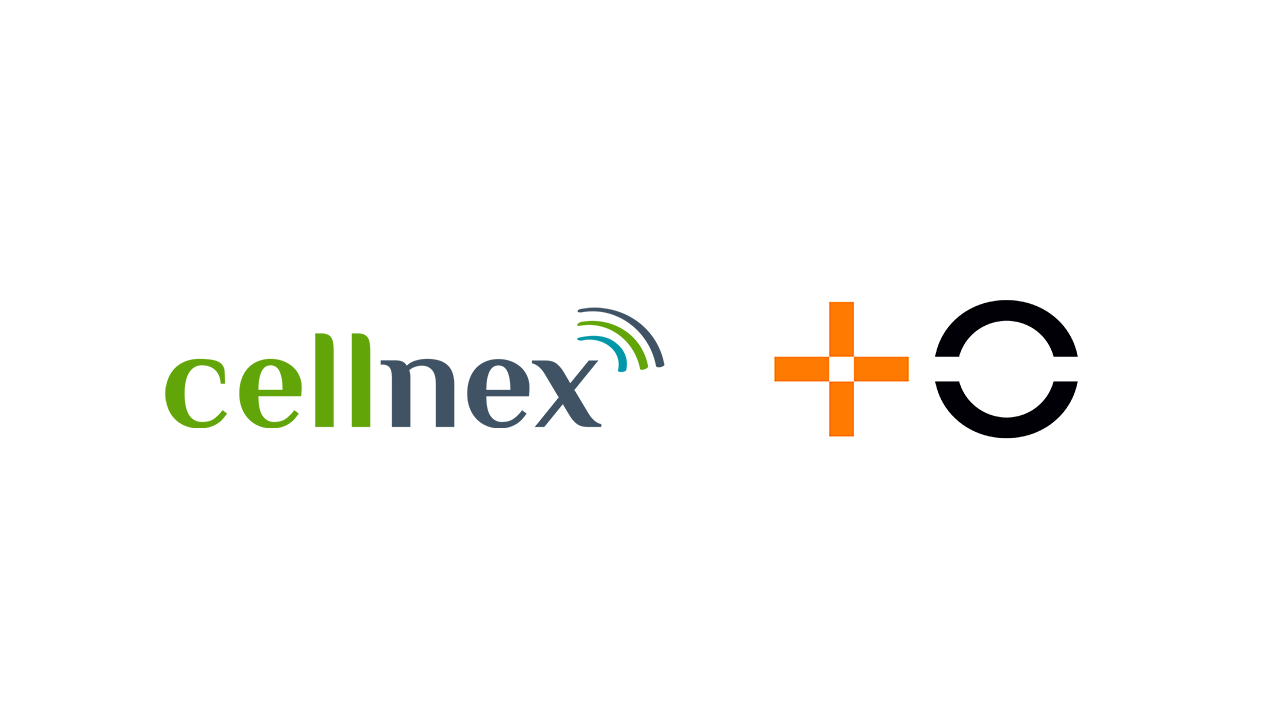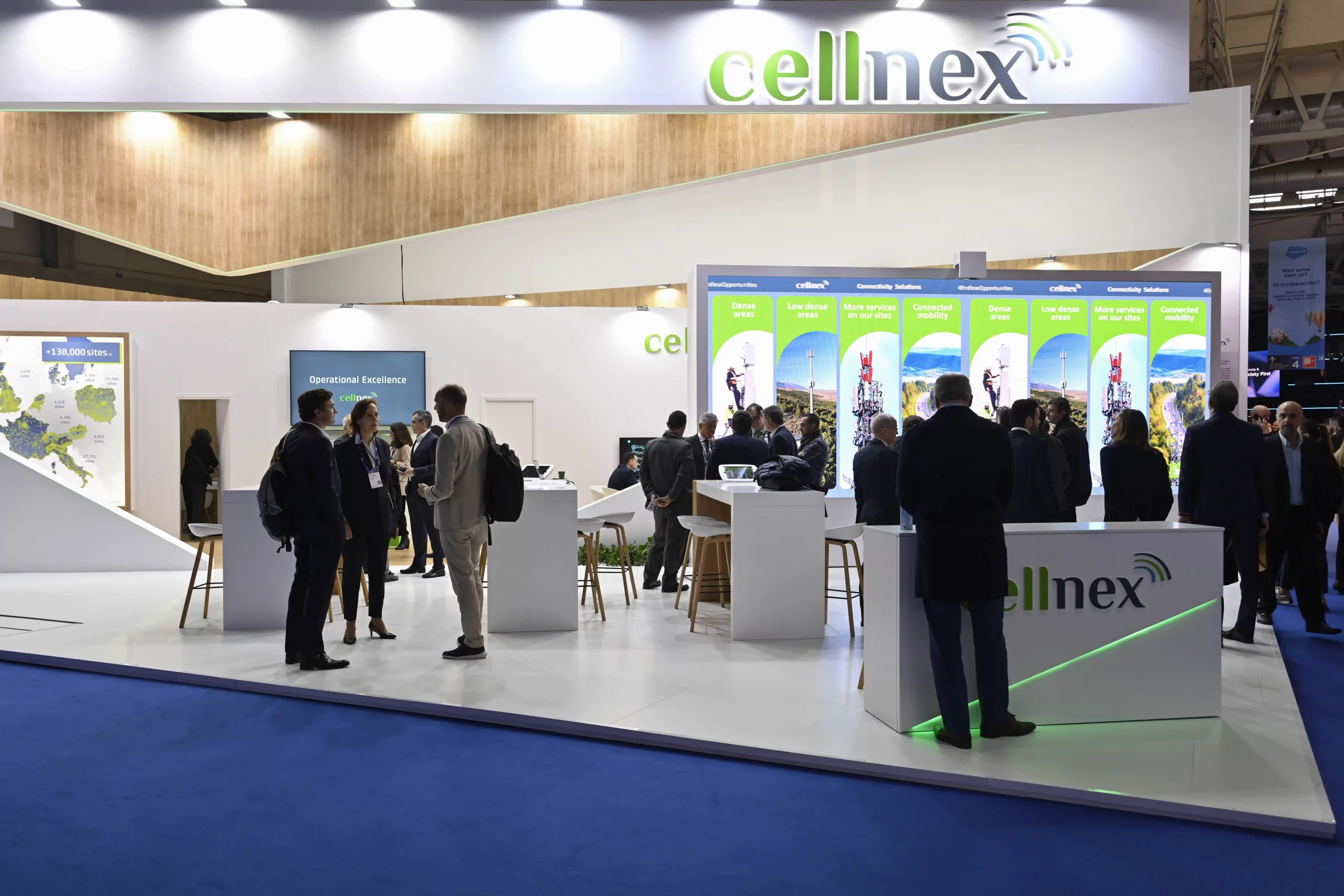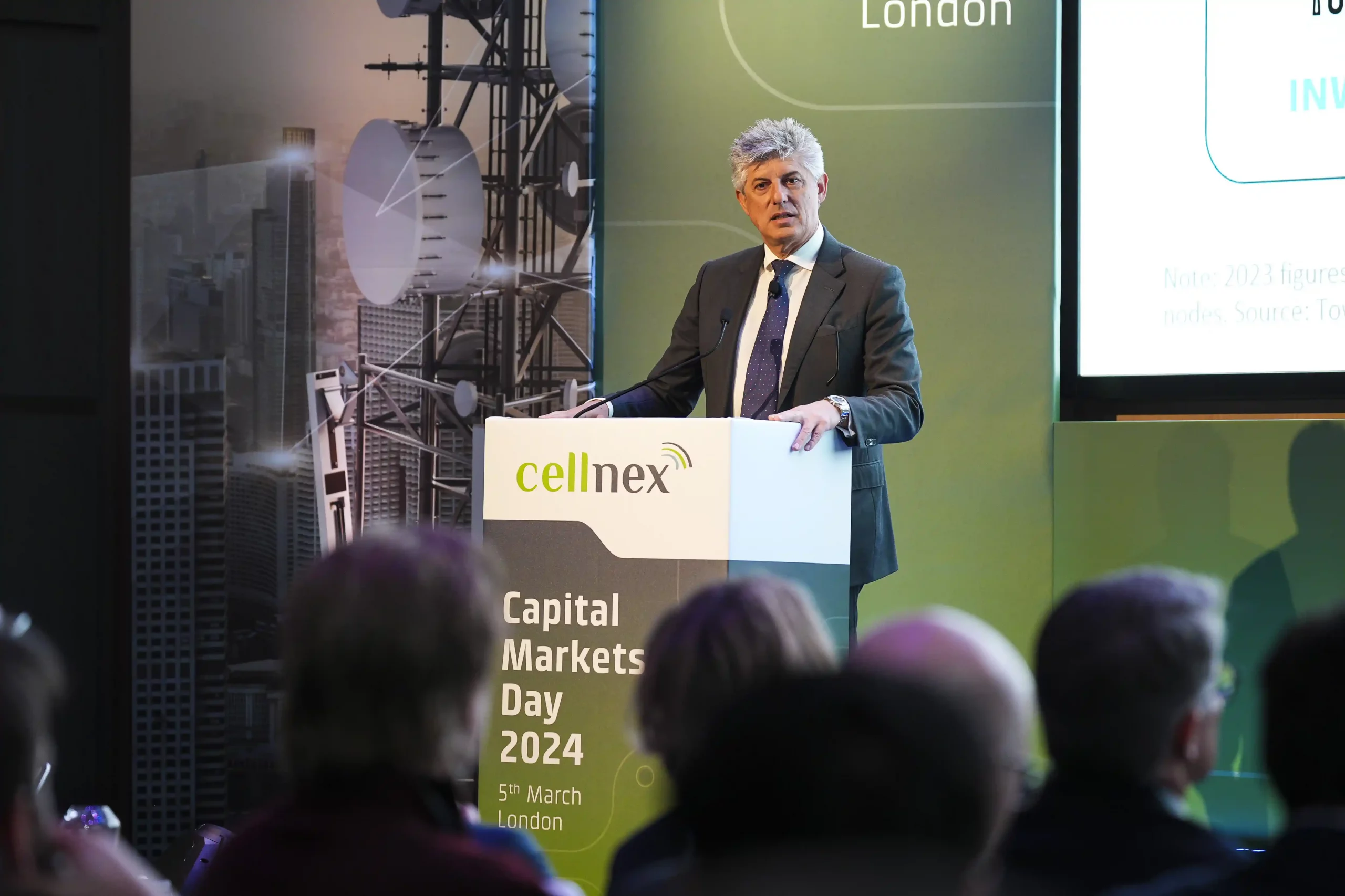_CELLNEX
Endless opportunities through telecom connectivity
ESG Commitment
Cellnex is the only TowerCo in the DJSI Europe index for the second year running
 01/06
01/06



Inicio


Connectivity solutions
Our society, our industries and how people and things interact with each other are undergoing a great shift towards digital. Cellnex offers a wide range of solutions where connectivity plays a key role by enabling digital transformation in the scenarios where we live, work and entertain.
Products & Technology
Cellnex’s multi-technology proven track record is the key to delivering comprehensive solutions capable of meeting end-to-end needs, as the right connectivity response is often a combination of various products and technologies, collaborating with one another.
Annual General Shareholders' Meeting
Madrid, 9th May 2025 at 11:30 a.m
Interview with the Chairman and the CEO of Cellnex – Integrated Annual Report 2024
Driving value creation
Journalist Adela Úcar interviews Óscar Fanjul, Chairman of the Board of Directors of Cellnex and Marco Patuano, CEO, to assess the FY2024 in which Cellnex has accelerated its growth

Cellnex Global
1/4
Connected Street Infrastructure In London
Outdoor DAS Small Cells in historical city of Italy, Erice
Complete coverage in the largest car park group in Spain bringing connectivity to the most difficult places
Manchester City’s Etihad Stadium is Fully Connected
Milan Underground Metropolitana L5: A new metro line granting full mobile coverage for travelers
Cellnex connects Wanda Metropolitano Stadium in Madrid
Cellnex Telecom
30.36€
-3.92%
-1.24€
IBEX 35
11,831.90€
-1.94%
-233.70€

















